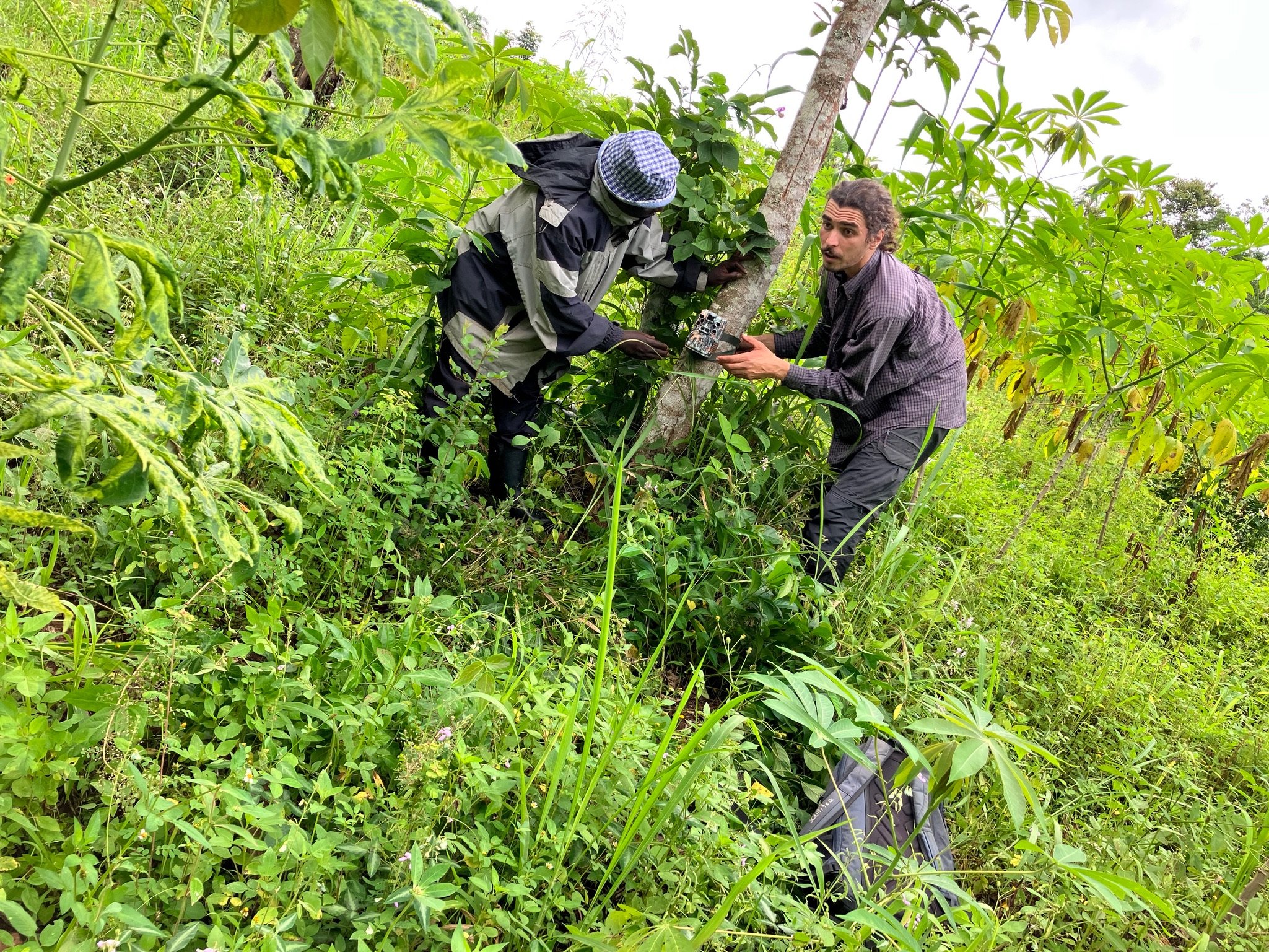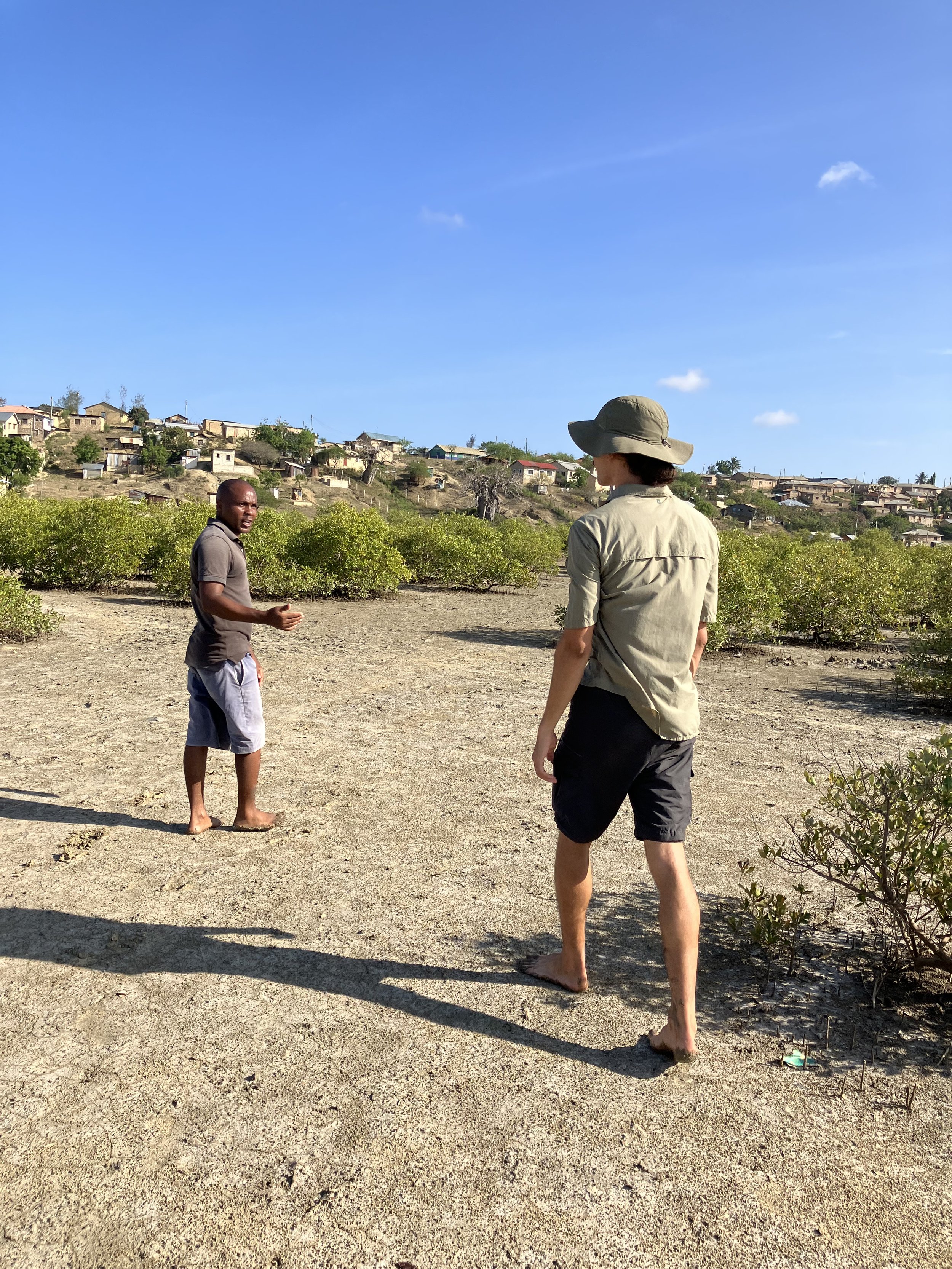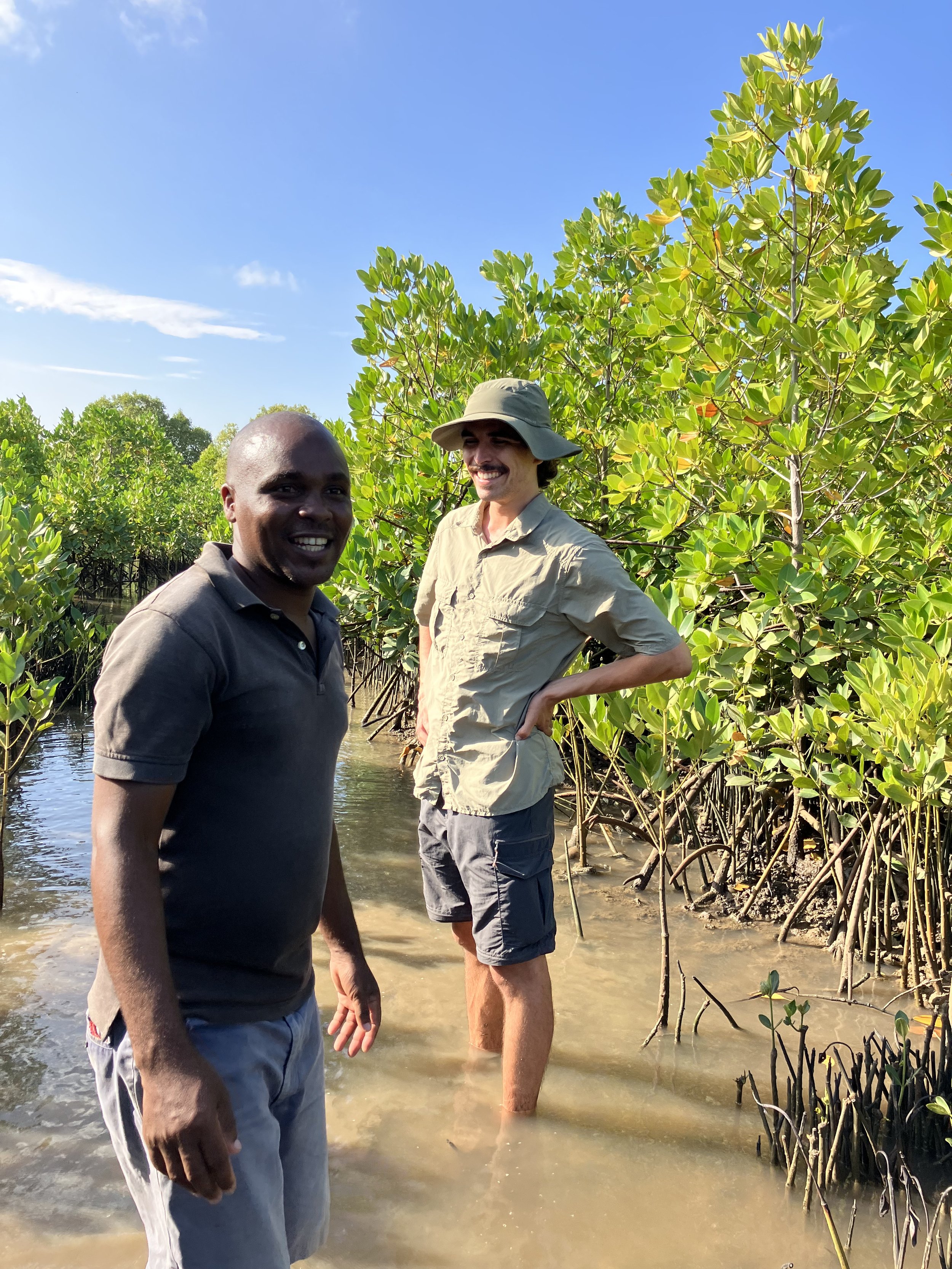Restor: empowering communities for global conservation and restoration
In navigating the complexities of project development and nature restoration, one might find oneself balancing between resolve and uncertainty. The sheer scale of the endeavour raises several queries: 'Where do I start? Which metrics are key? Who should I contact? Is there a meaningful role for an individual in the climate transition?' These are the sorts of questions that might occur to anyone, whether they are actively engaged in the climate sector or simply considering their role in it.
Yet, beneath the dizzying questions, there lie a number of innovative companies, working to shed light on these murky waters and provide some transparency. Restor is one such example; a platform dedicated to connecting and empowering local initiatives to accelerate the protection and restoration of ecosystems for biodiversity and human wellbeing . With 145,000 restoration and conservation sites across 140 countries, their business model offers us a glimpse of the intersection where community, academia, and finance converge towards a path for a sustainable future.
I had the opportunity to speak with Mick Santos at Restor, the Regional Engagement Lead for Europe, to learn more about the company, its origins, and their path forward.
Origins:
Born out of the Crowther Lab at ETH Zurich, Restor has its roots deeply embedded in scientific research. Restor emerged in 2020 with three objectives: to bridge the gap between high-level scientific research and grassroots projects across the globe; to build a community of practice with people and projects sharing their lessons and successes; and to redirect financial flows to local communities and indigneous peoples on the ground. By unlocking the giant ecological datasets trapped in academia, Restor empowers the people actively involved in ecological restoration with the historical and accurate information necessary for their projects.
Restor’s mission is as clear as it is ambitious: to build a world where every action has a positive impact on nature. Yet, the beauty of the company lies in its community of users; anyone can use the platform for any positive nature impact. By providing detailed geospatial insights and continuously updating data sets, Restor enables users to plan, monitor, and amplify their restoration projects with evidence-based trust and effectiveness. Thus, the platform acts as a global connector, bringing together a community of restoration practitioners, investors, and supporters.
Diving into the platform:
So, how does it work? Mick explained that it’s very simple. One draws the boundaries of their chosen location on the global map (developed in conjunction with Google Earth engineers) and they are immediately provided with site-specific insights and data. Having used the platform myself, I realised that Mick was not exaggerating. It is very easy. After drawing an 85 hectare shape located on the south coast of the United Kingdom the results were instantaneous.
Information on 5 key areas of analysis - biodiversity, carbon, water, environment, and land cover - were presented clearly, each containing numerous pieces of data. For example, under ‘Biodiversity’, information pertaining to species’ richness, eco regions, and biomes were shown to me, and under ‘Water’ I could see the total annual evapotranspiration going back over 20 years. Knowing that no field technicians have conducted a survey in that area, I was astonished to learn that an estimated 128 different types of bird species could live within that area.
Mick tells me that the estimations sprout from the cropping of global models, which rely on a combination of peer-reviewed datasets and machine learning algorithms, as well as a number of other global sources. The information provides a predictive insight into the area in which one is working without the need to hire a team of scientists to travel to a location.
Expanding the community:
With this increase in accessibility to otherwise expensive scientific insights, the universal relevance of the platform has led to its adoption by a huge number of users. These range from local initiatives in conservation and restoration, to regenerative farmers, vast organisations such as the WWF and VMWare, and even countries like Costa Rica. Mick even tells me he uses the platform to plot the ecosystem of his own garden.
Restor retains a remarkable neutrality whilst offering a two-way avenue that seamlessly connects local project developers with potential investors and vice versa. The platform acts as a medium to fill the significant funding gap faced by those invisible indigenous peoples and local communities most acutely aware of the detrimental consequences of poor ecosystem management (often by others). Project developers can access a database of funding opportunities and tailor it to the needs of their local project. On the other side of that, Restor also provides for investors, offering them a platform to identify projects that align with their own funding criteria and objectives. This bidirectional flow not only enhances the visibility of projects, but also fosters a dynamic environment for collaboration and commercialisation between project developers and investors.
Through additional partnerships, including their current collaboration with The Earthshot Prize (of which they are a previous finalist) and the UN Decade on Ecosystem Restoration, Restor can increase the visibility of certain projects further, thereby increasing the communication between those who have the funding opportunities and those with the funds.
Restor’s platform is a testament to the power of technology in facilitating meaningful connections that will drive forward the collective journey towards a more sustainable future.
Going beyond:
Amongst Restor’s distinguishing features is their recognition of the importance in going beyond carbon metrics in ecosystem restoration efforts. Restor advocates for a more holistic view of land management. This perspective appreciates the multitude of co-benefits associated with restoration such as biodiversity enhancement, water purification, livelihood provision, and local climate regulation, all of which contribute to the resilience and flourishing of ecosystems. By shifting the focus from carbon as the sole measure of success - something many corporations are guilty of - to include these broader ecological functions and services, Restor addresses the complex reality of environmental stewardship.
This approach not only challenges the tunnel vision often associated with carbon-centric strategies, but also underscores the value of maintaining and enhancing the multifunctional, life-inducing role of healthy landscapes. Restor’s vision is to illuminate the importance of these diverse ecosystem services, advocating for practices that ensure the long-term viability of restoration efforts and the communities they support. These efforts can prevent the pitfalls of short-sighted initiatives and promote a more inclusive and comprehensive approach to planetary health.
The hurdles ahead:
When asked about the obstacles Restor must navigate, Mick refers to the misconception surrounding what Restor actually is. That is, the incorrect assumption held by a number of project developers that the platform itself can directly provide funding for their projects. Given that historically, many developers have not been able to access digital platforms like Restor, and those that are able can still be limited in their digital literacy, this is an understandable misconception. Mick informs me that, in line with Restor’s purpose to remove the barriers to entry to scientific data, Restor continuously seeks to improve the user experience of the platform itself to make it as accessible as possible to those who might only have a mobile phone and speak different languages. In fact, it is possible to access the website in 7 languages so far. Ultimately, Restor is a facilitator, not an investor, and it is this neutrality through facilitation that remains an area of importance for the organisation.
The exciting stuff:
When I asked Mick what excites him the most about Restor, he replied that it is the platform’s ability, “to link money to the projects that deserve it the most in a very transparent way.” He appreciates that Restor both facilitates this financial connection, and also promotes a shift away from unsustainable practices towards restoration and conservation. Mick’s enthusiasm extends to his personal experiences with Restor, notably an initiative to test different monitoring technologies on the ground in East Africa. The experience, which brought him within metres of wild chimpanzees, was not just memorable, but highlighted the real work impact of Restor’s work.
For those interested in working in the climate sector, Mick offers sage advice. He sees immense value in increasing the visibility of local projects and believes that individuals can make significant contributions regardless of their skillset. Whether it's through marketing, communications, or hands-on restoration work, there’s a place for everyone in the climate race. Mick emphasises the importance of finding what you love to do and using that passion to contribute to the broader mission of ecosystem conservation and restoration. His message is clear, “we can all engage,” to not only address the climate crisis but also to prevent feeling overwhelmed by the scale of the challenge.
The importance of individual and corporate involvement in environmental initiatives is crucial. Platforms like Restor simplify this by connecting funding to impactful projects and encouraging sustainable practices. Their role in mobilising everyone, from individuals to large enterprises, is vital in tackling ecological challenges and underscores the need for more entities like Restor in the global effort to preserve our planet.
Discover Restor for yourself!
If you would like to learn more about Restor, you can access their website here - www.restor.eco
Play around with the platform and explore the map yourself!
Feel free to also get in touch with Mick - mick@restor.eco







